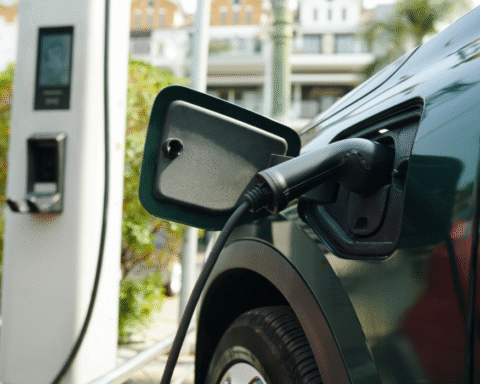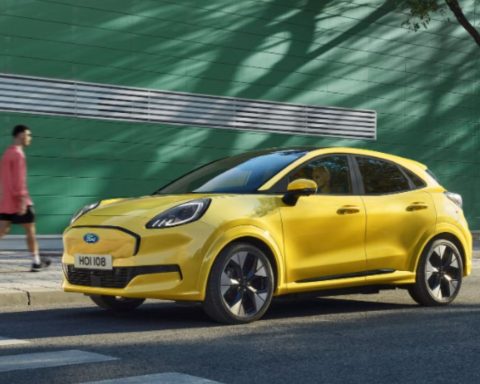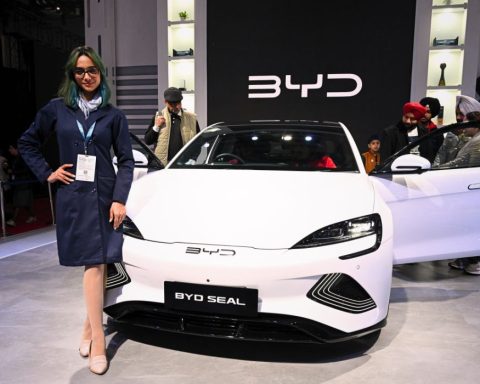As Spain suffers through yet another terrifying heat wave, researchers at the Higher Technical School of Engineering at the University of Seville have unveiled a new pilot project designed to prevent heat stroke while locals wait for the bus.
When testing begins next year, the “bioclimatic bus stops” will combine the oldest, most fundamental form of cooling (through heat transfer) with tried and true solar panels and the latest in high-tech thermal sensors to lower temperatures inside the shelters by as much as 20°C.
Such solutions are urgently needed in a city where the high temperature broke 40°C last week.
The Andalusian capital has always been hot and dry. But climate models show that Seville, the largest city in southern Spain with a population of 710,000, could face an average temperature increase of 4.5°C and a 20% reduction in rainfall by 2100.
With those future risks in mind, the European Climate Adaptation Platform Climate-ADAPT, a partnership between the European Commission and the European Environmental Agency, launched its LifeWaterCool initiative in July, 2020.
The project issued a call for urban planners, architects, and engineers to develop and test solutions that would help Seville cope with increasingly high outdoor and indoor temperatures, flash floods and, especially, drought.
With an extended drought looming large in Spain, water stands at the very heart of the LifeWaterCool initiative. The call for proposals states that Seville’s “urban water network will act as the basic structure for the development of urban green solutions and cooling measures to adapt to the effects of climate change, maximizing the sustainability of the city and citizens’ well-being.”
Drawing on the age-old principle of “bioclimatic” construction, which relies on the natural environment in shared public spaces for heating and cooling, LifeWaterCool sought cost-effective “demonstrations of a bioclimatic comfort, for short-, medium- and long-term stays”. It defined a short-term stay as “one with a high density of occupation for a short period of time,” such as a bus stop or pedestrian crossing.
The bioclimatic bus stops are meant to be cooled by thermal radiation, the University of Seville team says. When sensors in the stop’s “intelligent” canopy register a waiting passenger, the system will send cold water from an underground tank through tubing in the back of the shelter, quickly lowering the inside temperature.
The canopy sensors will also monitor the outside temperature, ensuring that the cooling mechanism kicks in only on hot days, and only between 1:00 and 7:00 PM, typically the warmest hours of the day.

Solar-generated electricity will propel water from the underground tank and through the structure as needed during the day.
At night, the water in the tank will rise toward the solar panels through a separate set of tubes, to be cooled using the night sky as a heat sink. That natural action will be supplemented by “falling film technology,” which uses gravity to help a specially-designed liquid film accelerate heat transfer from the water inside the tubes into the colder night sky. The cooled water will then be returned to the underground storage tank for use when the sun is high.
The research team that designed the bus stop is also working on extending the concept to create climate shelters for children at school.
“We are installing a 1,000-square-metre roof at the Arias Montano school in Seville to block the sun and create a cool thermal sensation,” research lead José Sánchez told The Telegraph. “In this way, the children will be able to play and [learn] outside, even in the hottest moments.”
This article is republished from The Energy Mix. Read the original article.







